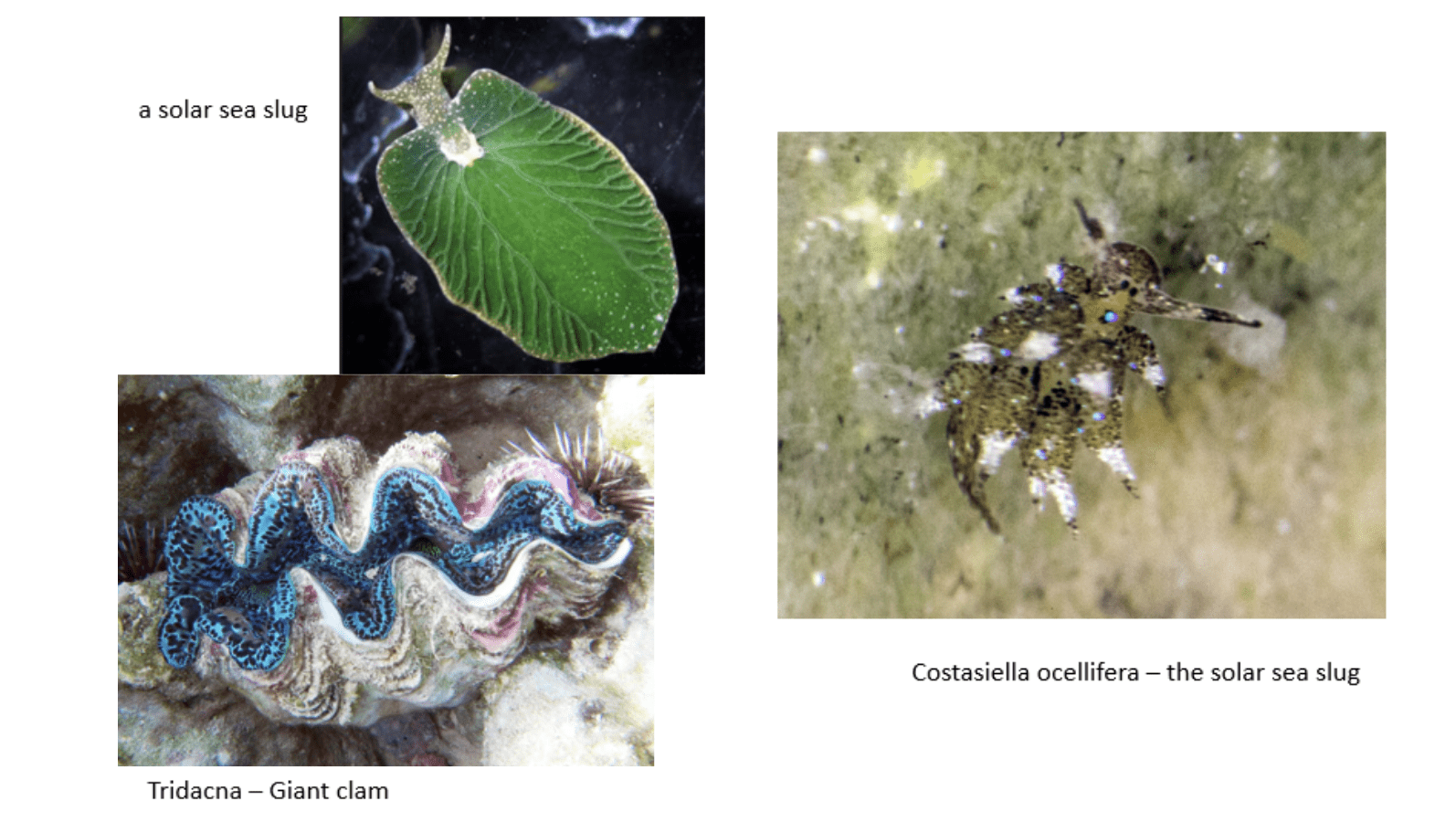This year, a NSU research team was invited to serve as one of four collaboration hubs involved in the Aquatic Symbiosis Genomics Project, funded jointly by The Gordon and Betty Moore Foundation and the Wellcome Sanger Institute in England.
This collaboration hub, led by Jose V. Lopez, a professor in the department of biological sciences and current president of the non-profit Global Invertebrate Genome Alliance (GIGA), will focus on sequencing and studying the genome of 50 unique species of invertebrates with a “photosymbiotic” relationship. Some examples of aquatic photosymbiotic species are the giant clam, upside jellyfish, zooxanthellae, pyrosome and sea slugs.
According to Nina Pruzinksy, a research assistant to Lopez working on the project, the team is looking at how organisms have established symbiosis with light-harvesting algae and other microbes that have the ability to photosynthesize. Essentially, the team will be studying the two organisms living and functioning together either in a singular or mutually beneficial partnership — as host and symbiont — and trying to understand the relationship on a deeper level.
“I like to understand how different organisms relate to each other, genetically and evolutionarily. One way to do this is by reading their gene sequences or their DNA code. This is the fundamental blueprint of life. With these photosymbionts, we are looking at how the symbiont and the host retain the relationship and seeing if that is genetically controlled. We want to see if the host interacts with the symbiont at the genetic level and vice versa,” said Lopez.
According to Lopez, genomes are still considered to many scientists as “big black boxes” because of the unknown knowledge they can retain. Having access to information about how these organisms are organized, and how they express proteins for instance, could help form a better understanding of how genomes work and evolve. These non-model organisms may be understudied, but can add fundamental knowledge to fill gaps in the evolutionary tree.
“It seems to me that these invertebrates are poorly understood. They are not something that has been targeted [for research] in the past, but now, it seems to be a timely and important project. As biodiversity is decreasing, these organisms and these types of studies can help us understand and conserve biodiversity,” said Pruzinsky.
Along with the project’s efforts to research what is unknown about symbiotic relationships and the knowledge they can provide, the project also doubles as a conservation effort.
Lopez explained that since climate change is a global problem, the habitats of these invertebrates are considered to be endangered and threatened. Although they are studying these 50 specific symbiotic pairs, there could potentially be three to five times more species that haven’t been identified yet. These invertebrates can be lost before their presence is aware of, which points out the urgency of this and similar projects.
“It’s a really important project in terms of conservation and biodiversity genomics. I’m honored to work with Dr. Lopez on this project. It’s important in the genomics realm to be involved in projects like these. It’s good to have this photosymbiosis hub at NSU. It’s really beneficial to recognize NSU as a key player in the genomics world,” said Pruzinsky.
For students interested in learning more about this project, they can visit the Wellcome Sanger Institute’s website or explore the GIGA website to learn more.


